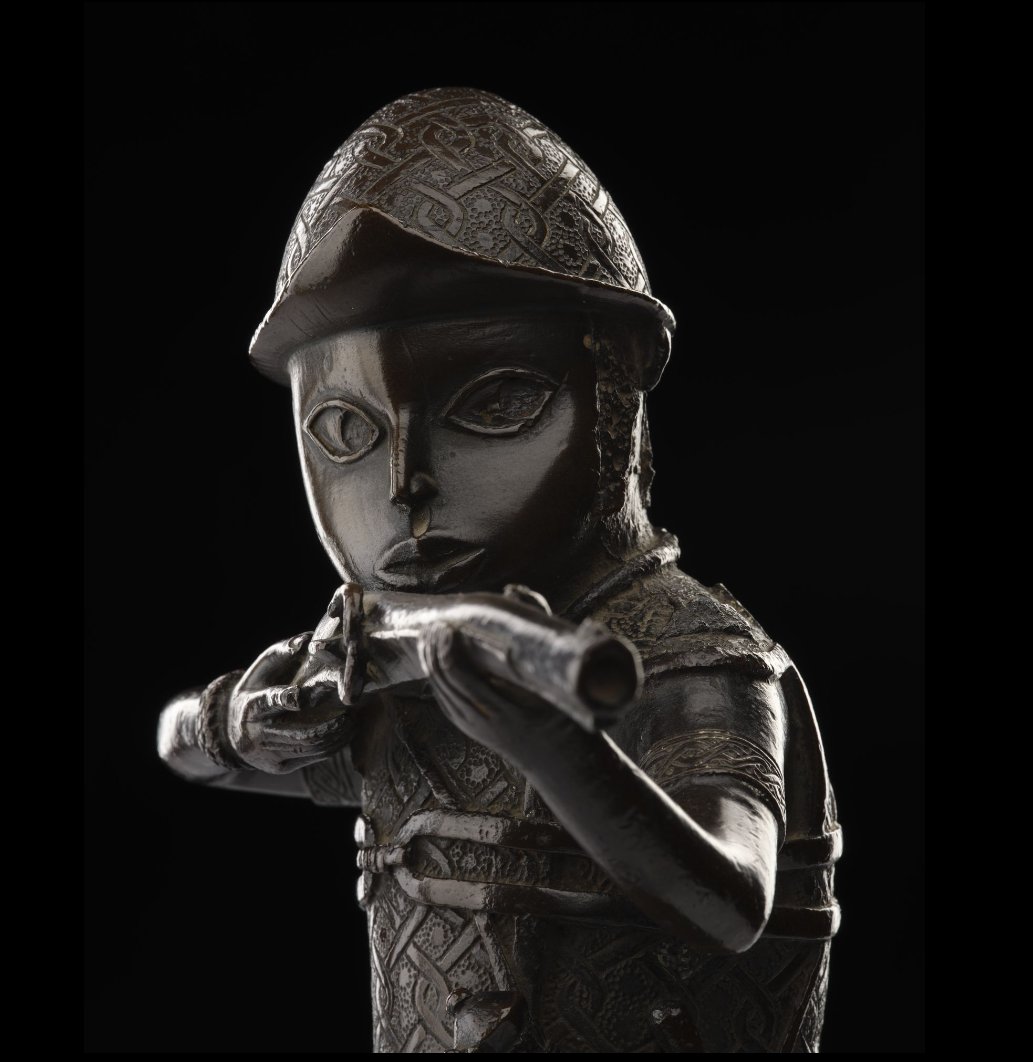Thread on Kingdoms of the Sudan that flourished & prospered before the rise of Mali in the 14th-century. 

In the latter decades of the 9th century, Kawkaw(Gao) was the greatest & foremost Kingdom in West Africa. Its potentate exercised vast authority over other prominent kingdoms in the area, like those of the Sanhaja. 



In the 10th century, Ghana, a powerful kingdom like Kawkaw in the 9th, had the wealthiest king on earth. In the 10th-11th centuries, it became the foremost kingdom in West Africa, possessing one of the greatest & most populous cities in the world inhabited by jurists & scholars. 





In the 12th century, the kingdom of Zafun located east of Ghana, noted in the 11th century to be inhabited by people worshipping a monstrous serpent rose to great power, leading its potentates to outrank the Almoravid emirs who submitted to their authority. 





In the 13th century, Kanem in West Africa rose to become the most powerful kingdom in West Africa. Its potentates exercised authority over far-flung kingdoms in Africa, such as over the Kingdom of Fezzan in North Africa & Tajuwa in Northeast Africa. 





• • •
Missing some Tweet in this thread? You can try to
force a refresh


![“Cavalier Peulh ” [Peul (Pullo) cavalryman], 1850. Watercolour drawing by Hyacinthe Hecquard from the Senegambia area. Wolofs in the pre-modern era were in constant liaison with the Pullos who were their neighbours in the Senegmabian area. They also got their horses from them & had a caste of Pullos who lived among them, who were part of the Wolof community & society.](https://pbs.twimg.com/media/GUTfXQNXsAAG3Rj.png)






















